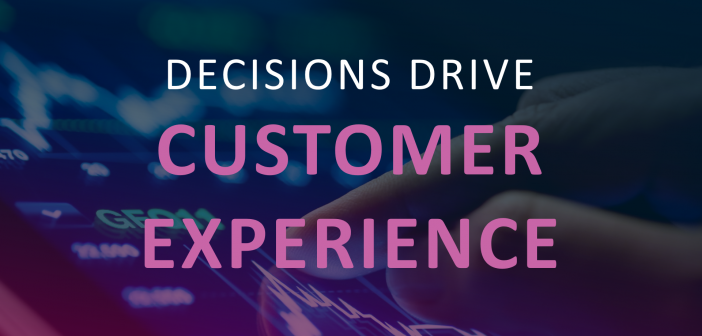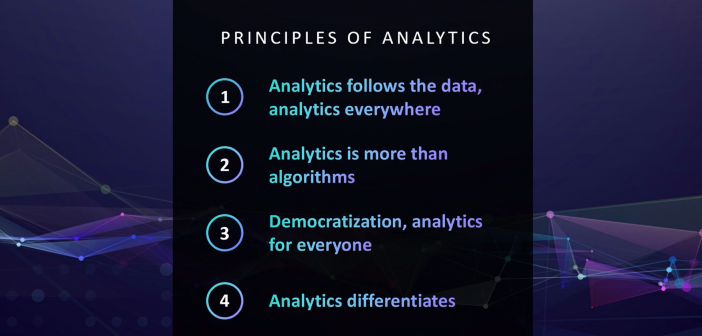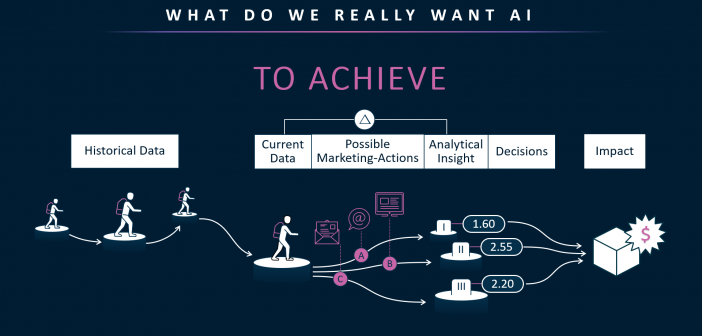
Excitement levels are high for the March 2020 release of SAS Customer Intelligence 360, which includes multiple years of research and development culminating in enhancements to the platform's underlying data model. The changes will introduce the unification of a comprehensive data model recording both: Customer behavior -- what users are



![SAS Customer Intelligence 360: Hybrid marketing and analytic's last mile [Part 3]](https://blogs.sas.com/content/customeranalytics/files/2020/02/The-Customer-Engagement-Cycle-1-702x336.png)

![SAS Customer Intelligence 360: Hybrid marketing and analytic's last mile [Part 2]](https://blogs.sas.com/content/customeranalytics/files/2019/08/SAS-Customer-Intellgence-360-Direct-marketing-task-for-audience-export-to-third-parties-702x336.png)
![SAS Customer Intelligence 360: Hybrid marketing and analytic's last mile [Part 1]](https://blogs.sas.com/content/customeranalytics/files/2019/08/Data-analytics-for-better-decisions-702x336.png)
![SAS Customer Intelligence 360: Automated AI and segmentation [Part 3]](https://blogs.sas.com/content/customeranalytics/files/2019/08/SAS-Customer-Intellgence-360-Design-principles-702x336.png)
![SAS Customer Intelligence 360: Automated AI and segmentation [Part 2]](https://blogs.sas.com/content/customeranalytics/files/2019/08/SAS-Customer-Intellgence-360-Algorithmic-decision-tree-with-auto-tuning-702x336.png)
![SAS Customer Intelligence 360: Automated AI and segmentation [Part 1]](https://blogs.sas.com/content/customeranalytics/files/2019/08/SAS-Customer-Intellgence-360-Accelerate-the-analytics-lifecycle-702x336.png)
![SAS Customer Intelligence 360: Factorization machines, visual analytics, and personalized marketing [Part 2]](https://blogs.sas.com/content/customeranalytics/files/2019/05/Suneel-SGF-702x336.jpg)